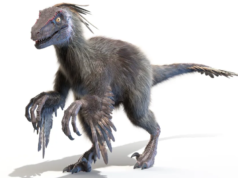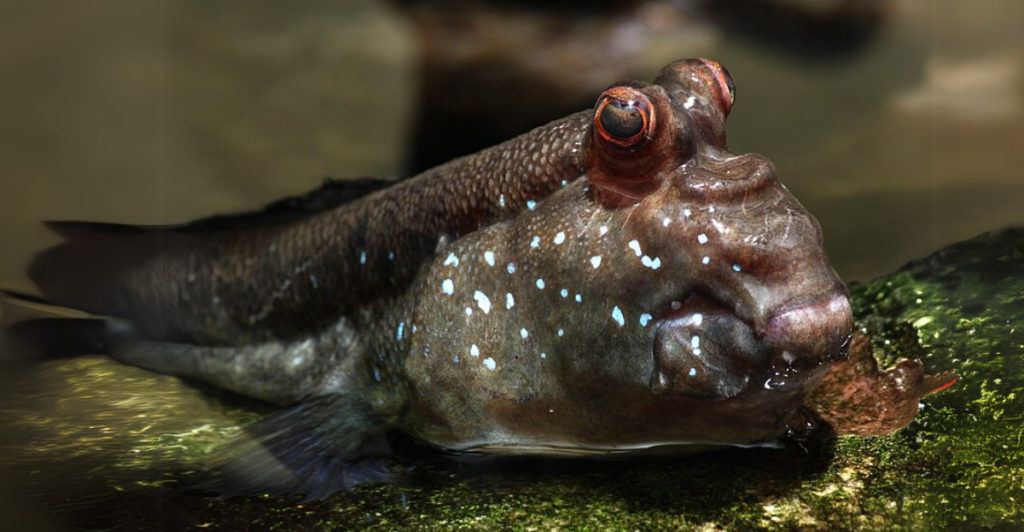
In a groundbreaking discovery, scientists have identified the first known multicellular parasite that survives without breathing oxygen. Found in the muscle tissues of salmon and trout, it consists of fewer than ten cells and challenges long-held assumptions about how animals generate energy. Its ability to survive without mitochondria—the cellular powerhouses responsible for aerobic respiration—has intrigued scientists, pushing the boundaries of what we thought possible for life on Earth. What does this mean for the evolution of animals, and how does this extraordinary organism survive?
Henneguya salminicola: The Animal That Doesn’t Need Oxygen to Live
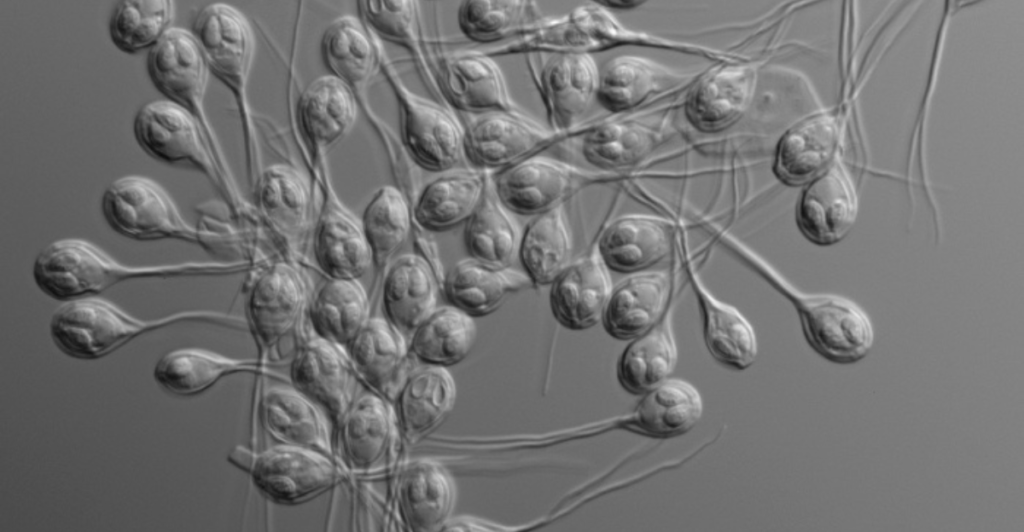
H. salminicola is a parasite belonging to the class Myxosporea in the phylum Cnidaria, which includes jellyfish and corals. It is tiny and usually looks like white cysts in fish flesh. These cysts contain spores that can appear as oozing bubbles when the infected fish is filleted. This has led to the common name “tapioca disease” because the cysts resemble tapioca pearls.
What Makes Henneguya salminicola So Unique?
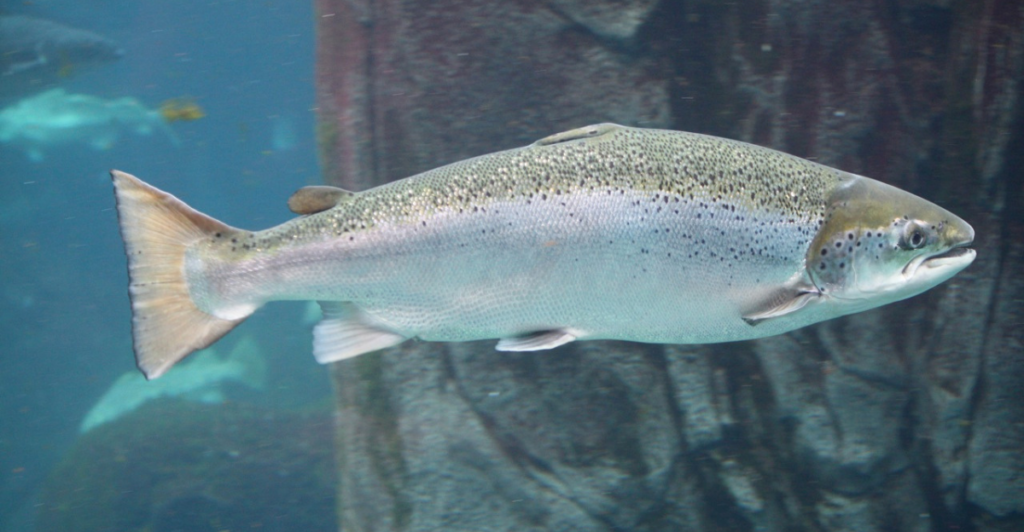
What makes this parasite unique is the absence of mitochondrial DNA, which is crucial for aerobic respiration in most animals. This absence suggests it does not need oxygen for energy production.
How Can It Survive Without Breathing?
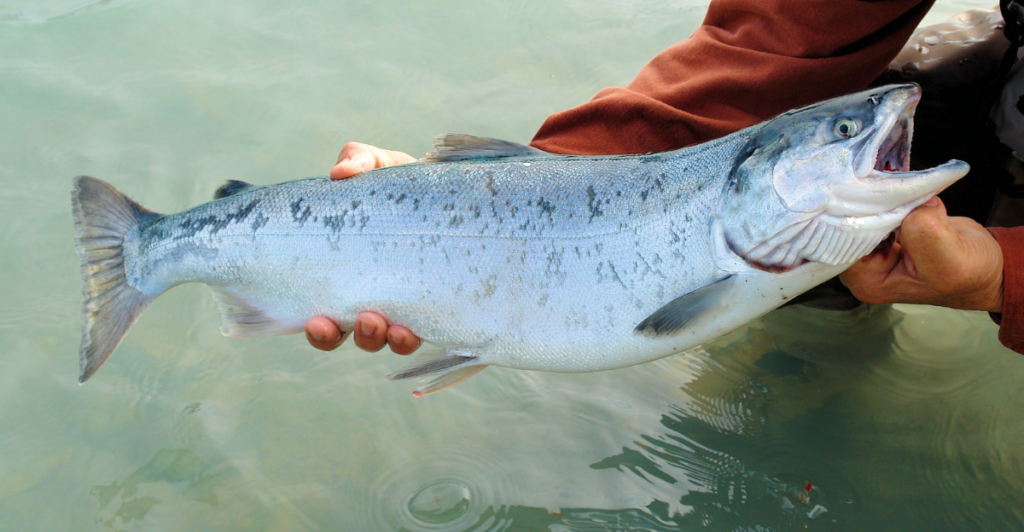
Although the exact mechanisms through which H. salminicola generates energy are not well understood, researchers suggest it may utilize anaerobic processes or directly absorb nutrients from its host. This adaptation enables it to survive without oxygen, challenging traditional beliefs about how animals respire.
How H. salminicola Infects Salmon
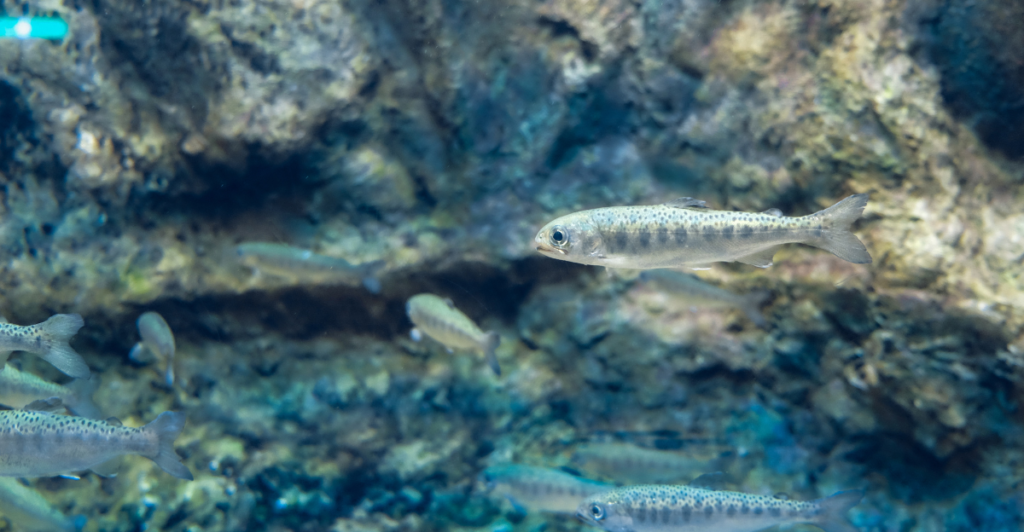
Henneguya salminicola starts its life by infecting young salmon. The salmon swallow spores from small worms that live in the water. This is how the parasite enters the fish’s body and begins its life cycle.
How the Parasite Grows
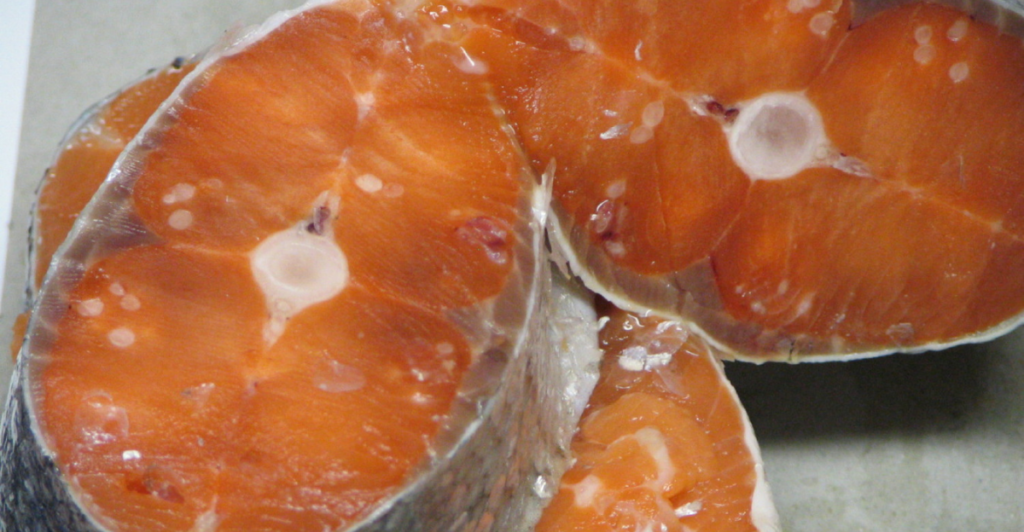
Once inside the salmon, the parasite travels through the fish’s blood and eventually settles in the muscle tissue. It forms cysts that are visible when the fish is cut open. When the infected fish dies and decomposes, the cysts in the muscle burst open, releasing new spores. These spores float back into the water, ready to infect more salmon, continuing the life cycle.
How Does Henneguya Salminicola Affect the Health of Salmon?
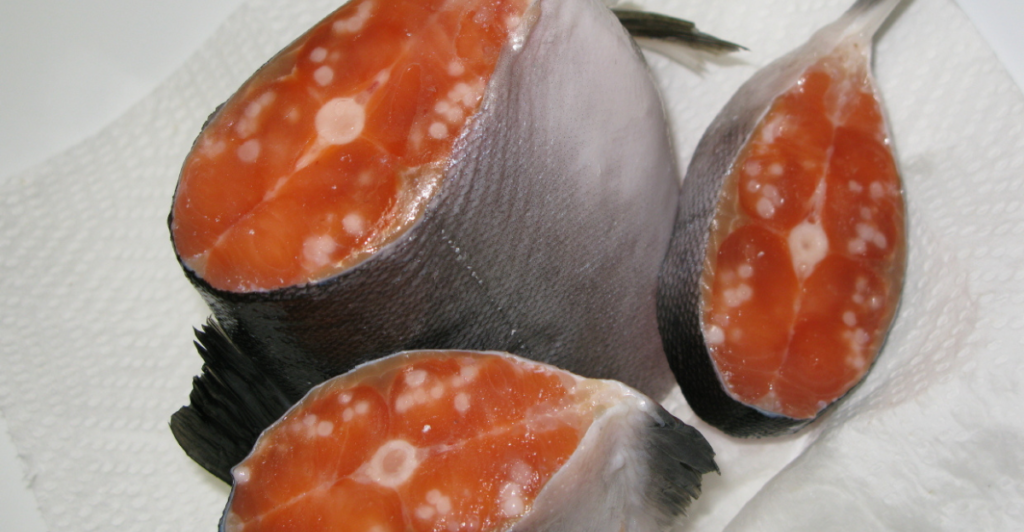
Henneguya salminicola causes “milky flesh” or “tapioca disease” in salmon, forming cysts that make the flesh cloudy. While there are no known direct health risks to humans from consuming infected fish, the visual abnormalities can raise consumer concerns. The parasite doesn’t affect salmon health or reproduction, but its unsightly appearance can lower market value.
What Measures Can Be Taken to Prevent the Spread of Henneguya Salminicola?
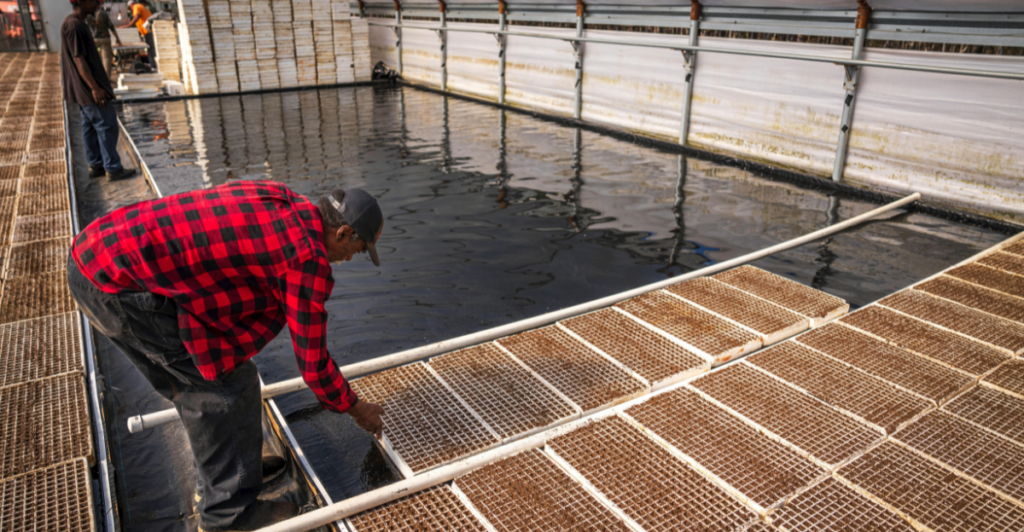
To prevent the spread of Henneguya salminicola, aquaculture facilities, and natural habitats should implement key measures, such as maintaining sanitation protocols, using certified virus-free stocks, and monitoring water quality. When introducing new fish, it’s essential to quarantine them. Avoid having contact with wild fish and manage water temperature to help limit the spread of this parasite and protect fish populations.
Are There Any Natural Predators That Help Control Henneguya Salminicola
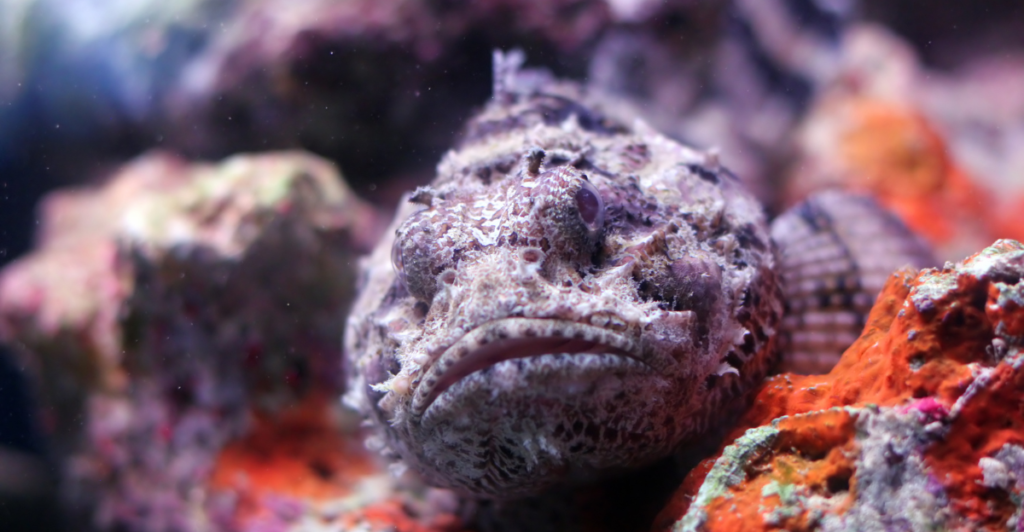
There are currently no known natural predators specifically targeting Henneguya salminicola. This myxozoan parasite primarily resides within the muscle tissues of salmon, where it forms cysts. While other aquatic organisms may feed on infected fish, they do not specifically prey on H. salminicola.
Can Henneguya Salminicola Be Transmitted to Other Fish Species?
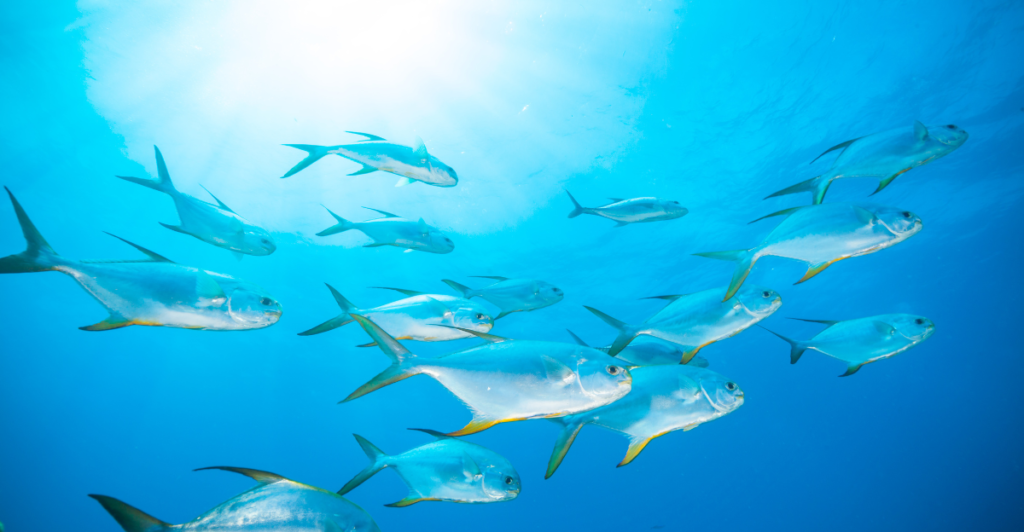
Henneguya salminicola primarily infects Pacific salmon, especially those in the Oncorhynchus genus, but it could potentially infect other fish species if they come into contact with infected spores in freshwater. However, the parasite’s life cycle is highly specialized for salmon, and there is limited evidence of it affecting non-salmonid fish species.
Are Any Methods to Detect Henneguya Salminicola in Fish Before They Reach the Market?
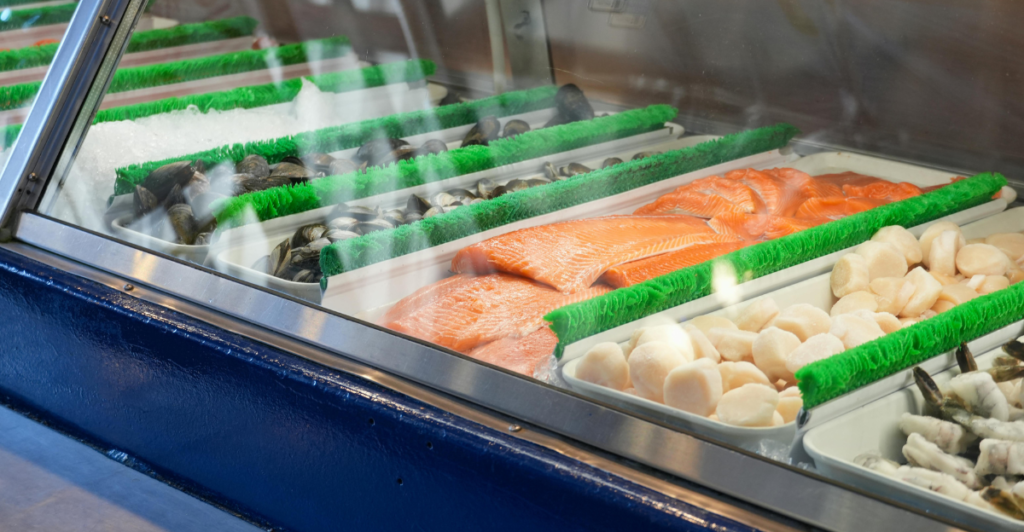
Several methods can detect Henneguya salminicola in fish, including visual inspection for cysts, microscopic examination with stereomicroscopy, histological analysis, and the candling method. Additionally, molecular techniques like PCR can identify genetic material, which helps find low-level infections. Finding infections early is important for keeping fish quality high and ensuring safety for consumers before reaching the market.
What Does This Discovery Mean for Science?
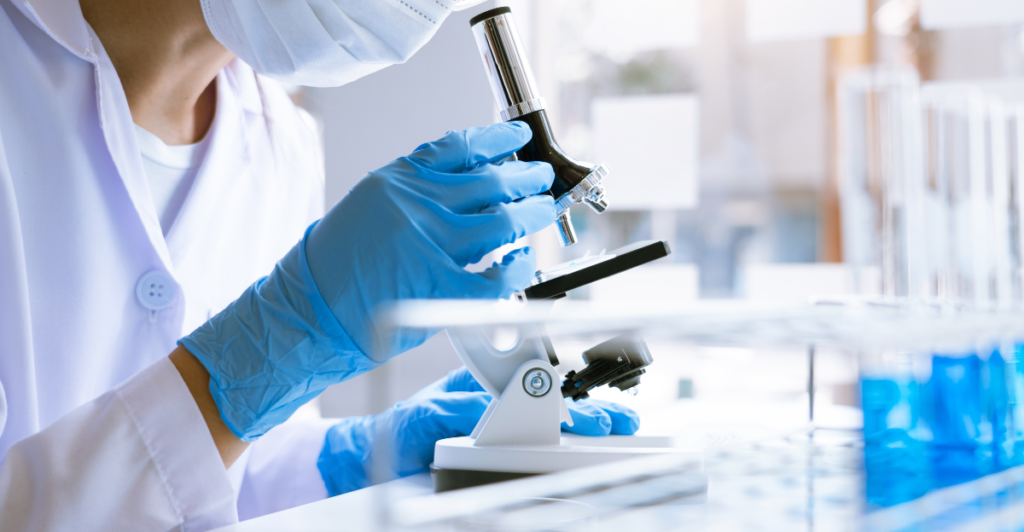
The discovery of Henneguya salminicola is important for understanding evolution and the variety of life on Earth. It offers new opportunities to study how organisms adapt to extreme conditions and survive without traditional respiratory systems.
Could There Be More Animals Living Oxygen-Free?
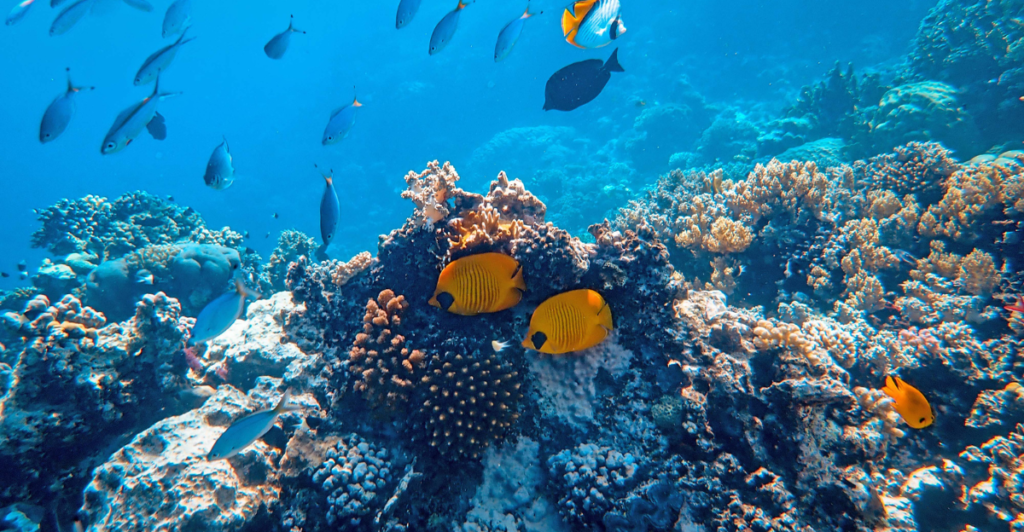
It’s possible. Henneguya salminicola proves that complex life can survive without oxygen, challenging what we thought was essential for animal life. Similar adaptations could exist in other deep-sea, underground, or extreme environments. As scientists continue exploring Earth’s hidden ecosystems, they may uncover more creatures thriving in ways we never imagined.
Discover more of our trending stories and follow us to keep them appearing in your feed

Scientists Are Bringing Back The Wooly Mammoth
Climate Change Overestimated? New Data Shows Oceans Are Cooling The Planet Faster Than Predicted
There Will Be Eruptions”: Concerns Mount as Yellowstone Supervolcano Activity Shifts
Lake Shasta’s Remarkable Comeback From Drought Captured in Stunning Images
References:
Reference 1
Reference 2
This article first appeared here
Stay connected with us for more stories like this! Follow us to get the latest updates or hit the Follow button at the top of this article, and let us know what you think by leaving your feedback below. We’d love to hear from you!



